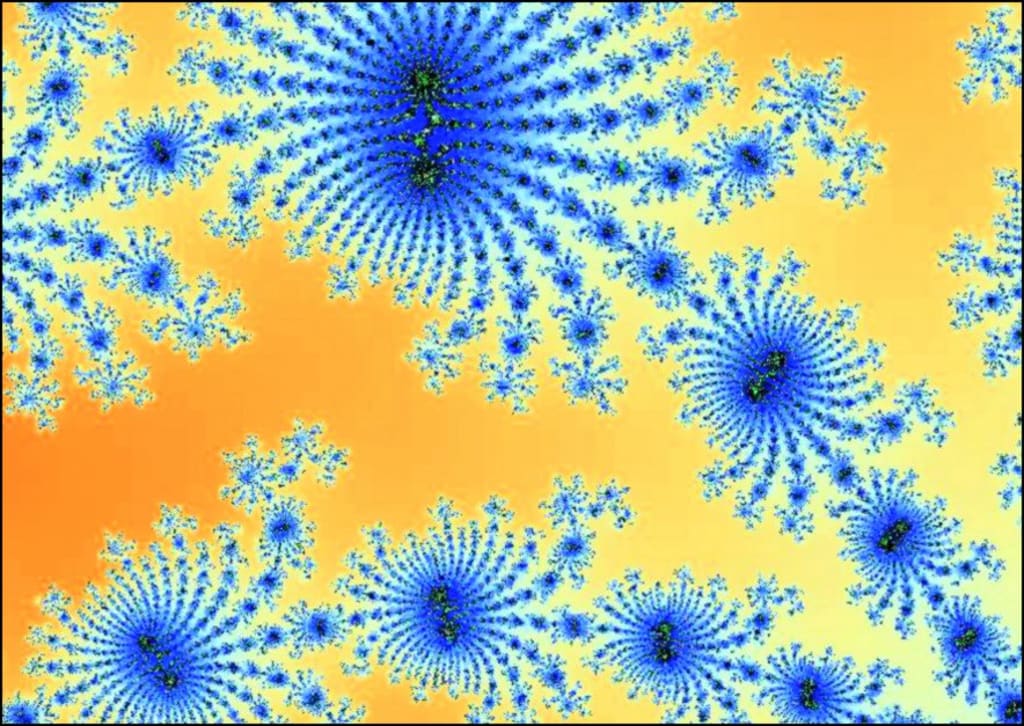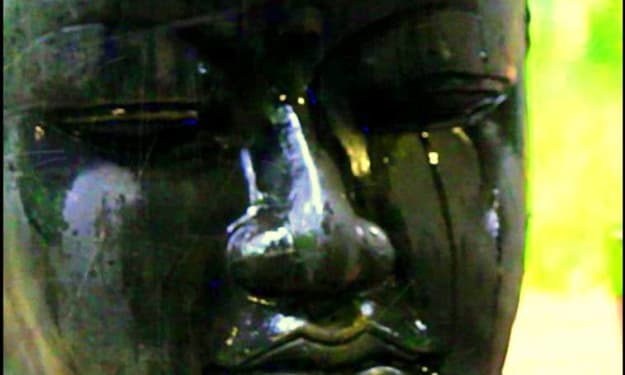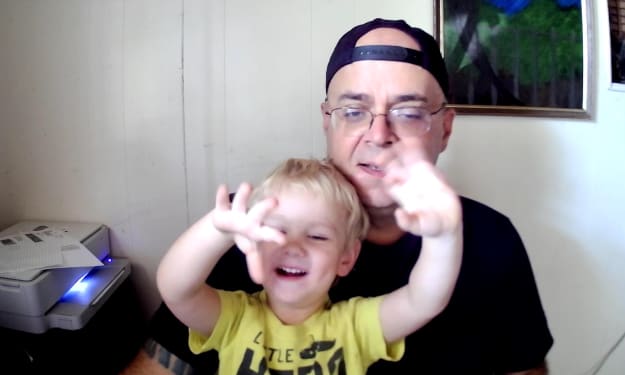The Community of You
... something to remember when meditating.

‘There is more wisdom in your body than in your deepest philosophies.’ - Friedrich Nietzche
When it comes to meditation, a lot of people think it is only their mind they're dealing with. So their focus is wholly on grappling with the machinations of their mentality. They think that if only they could pacify their mind, everything would fall into place.
But this mind-centric view is misguided - because mind and body are so intricately linked, when we're dealing with one, if we really look into what's happening, we find we're spontaneously dealing with the other as well. Mental anxiety is also physical anxiety and vice versa. Each creates the other.
There is a Kurdish saying which sings for me.
The root of all health is in the brain. The trunk of it is in emotion. The branches and leaves are the body. The flower of health blooms when all parts work together.
For this reason, as a meditation trainer, I find a lot of what I do is devoted to merging meditation into the larger ecology of the mind and body. And to do that, I liken mind and body to a community.
Many years ago it was thought that our body was just a bundle of dumb organs coordinated by the brain. Our brain was regarded as something like the driver of the vehicle of our Self, sending out instructions as neurotransmitters and neuropeptides to all the parts of the body which, like a puppet on strings, only did what it was told. It was thought that only the brain that could produce these chemicals, so it followed that it was solely responsible for the coordination of our body.
But now we know different.
We now know that neurotransmitters, neuropeptides and the receptors that send and receive them exist in every organ in our body. Through the ‘body-mind’ of our immune system all the organs in our body are constantly communicating with one another - our skin, digestive organs, blood, kidneys, liver, bones. Every part of our body is negotiating with each other, in a web of relationships in which they all are each other’s companions.
It also indicates that ‘mind’ is not a single entity – but rather a very complex and ongoing conversation between thousands of individual things all living in cooperation with one another.
And in this conversation, each of the separate organs of our body is thinking its own rudimentary thoughts, and has its own rudimentary sense of self, with its own priorities and its own individual temperament - all co-existing in the community of ‘you’.
And then, when we look into the organs themselves, we find in each of them an even smaller community of autonomous things in continual negotiation.
Each individual organ is a community of cells, and each one of these cells is able to make decisions for itself by responding or not responding to stimuli. On a rudimentary level, every cell in our body has a sense of itself, working in co-operation with all the other cells.
So this organism we call ‘me’ is not an autonomous self at all. It’s actually a vast city of different things in constant negotiation with one another.
And this city of ‘me’ is not even solely comprised of our own life forms. Throughout our entire body live ‘immigrant workers’ – viruses, fungi, and bacteria who, like working visitors in any country, are valuable parts of our inner community. In fact, it is now known that we have many more of these ‘travelers’ in our body than our own cells, playing essential roles in our body, breaking down nutrients, consuming waste and other bacteria, in an ecology as finely balanced as any rain forest.
And then we come to the brain - and again the word community is apt. Even in the simple process of watching a sunset, our entire whole brain sings with activity as different communities of cells pass information to other communities – billions of cells assigned different functions, all working in cooperation to create the momentary experience of watching the sun go down, that we take for granted.
And then we come to the ghost in the machine - our mind. And if we look into the nature of this experience, again we see a community of things - all of our thoughts, memories, beliefs, ideas, personality, feelings and reactions jostling and arguing like a huge village meeting.
Yet even as we acknowledge this community, we still cling to the idea that there is just one of us – a definitive ‘I’.
But actually, depending on where we are, what mood we are in and what’s happening, any one of many different versions of our Self can be ruling over our community, calling the shots and making our decisions. And like any political leader, each of the different aspects of our Self has its own agenda, its own views and priorities.
When we feel angry, our sense of calm is lost.
When we feel frightened, our confidence is gone.
When we are depressed, happiness seems totally alien to us.
At different times each and any of the different parts of our Self is in control, with its own convincing view, and its own reactions.
And in this immense and incredibly complex internal community of things, our mind is the meeting place, where all of the different parts of our Self ‘report in’, so to speak - our skin, muscles, stomach, lungs, kidneys, heart, as well as our emotions. They communicate with sensations, feelings and compulsions, some so strong they are uncomfortable, and some so subtle we need absolute mental silence to notice them.
So when we meditate and we turn our attention inwards, it’s as if we’re entering a city meeting, which in our daily life we are usually too busy to attend. And as our attention sits on the main object of the breath, all the different parts of our inner community ‘speak’ to our awareness with sensations and feelings.
And as each part of our Self is listened to, it also listens - until everything has been witnessed, and they quieten and finally all is calm. In the dialogue that has occurred, mind and body have become unified, assisting and healing one another. And balance appears naturally.
The longer this meeting of the spirit continues, and the more often it is done, the deeper this calming effect becomes.
And we lose mental and physical conflict in layers. First the surface layers of food, work, body tensions, desires, and fears. They rise into the awareness – they are noticed, listened to, and calm down in response.
Then the layers below, speaking with sensations and feelings more subtle than before – tingles, itches, emotions, thoughts, and feelings. As this layer is witnessed, so too it calms.
Then the next layer.
And as each layer rises into awareness, the sensations and thoughts become more and more subtle.
And the deeper we get, the more subtle these layers are.
These are the layers of physical and mental tension which, as each of them passes through our awareness, is released. And as each layer is released, the community of our Self works more efficiently and becomes more unified with itself. In the lessening of internal conflict, we feel more clear, more fluent. Life opens up and breathes a sigh of relief.
About the Creator
Roger Wells
Originally an Australian singer and songwriter, I am now a meditation trainer and author of various books, both fiction and non-fiction ... and I'm addicted to travelling, especially throughout SE Asia.
https://meditationmakesense.com






Comments
There are no comments for this story
Be the first to respond and start the conversation.